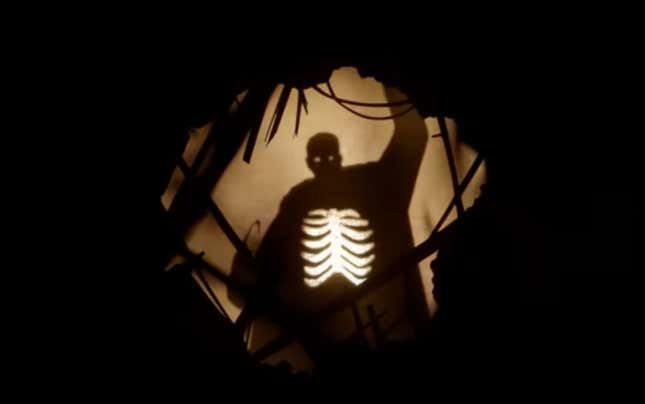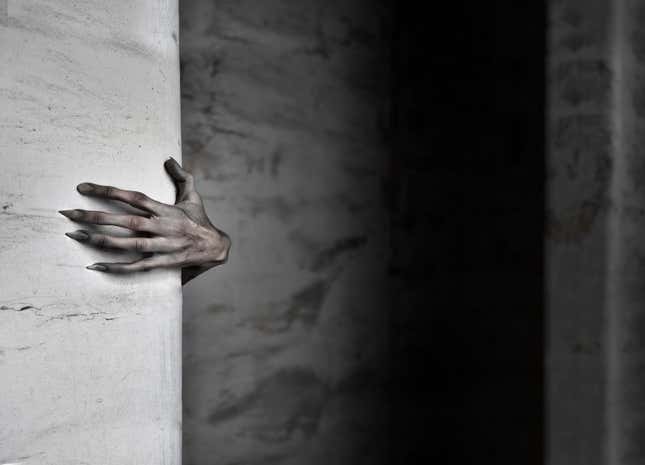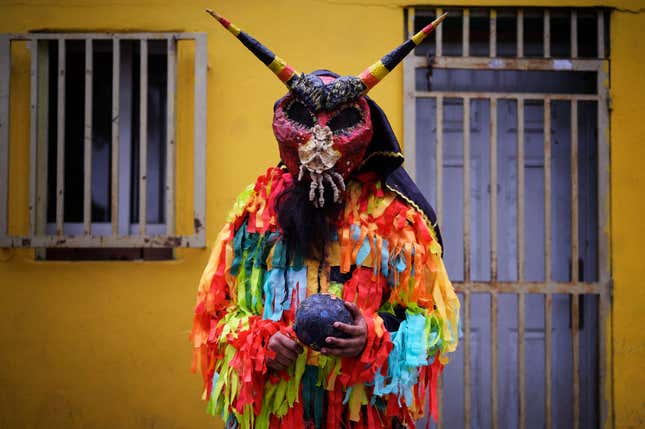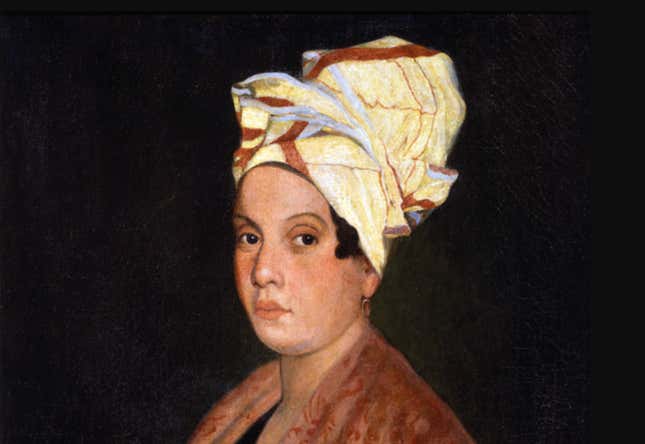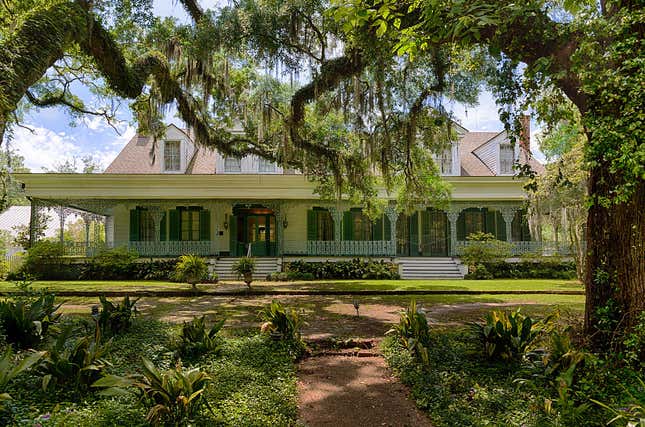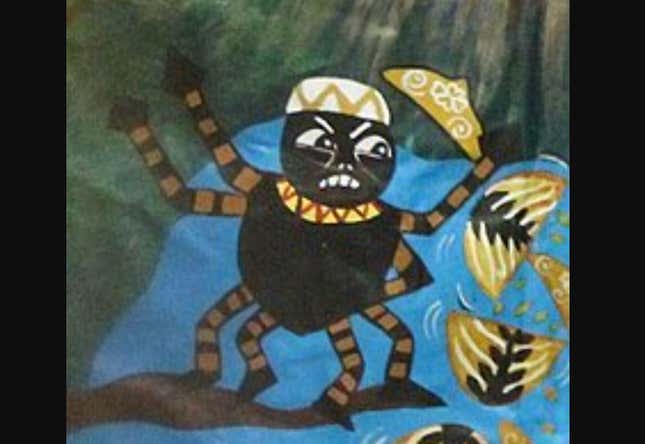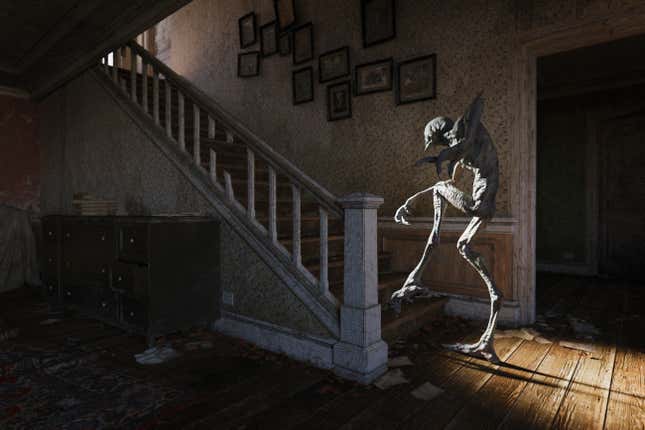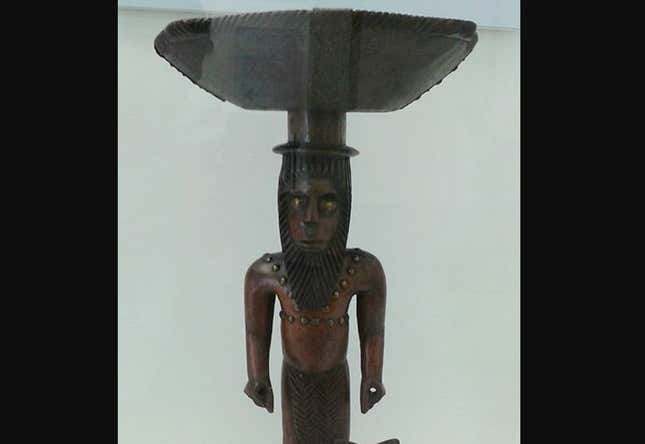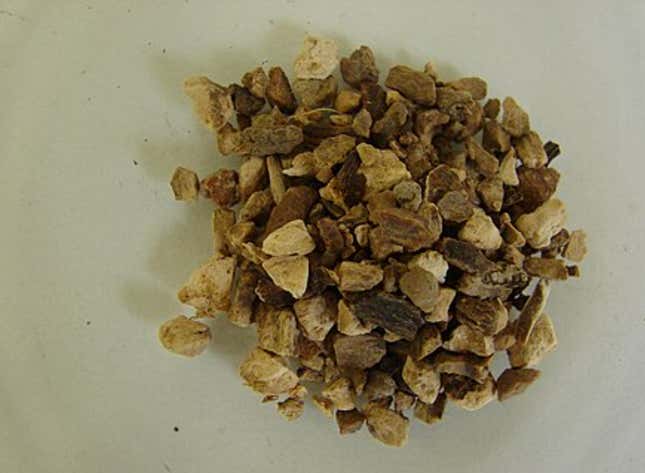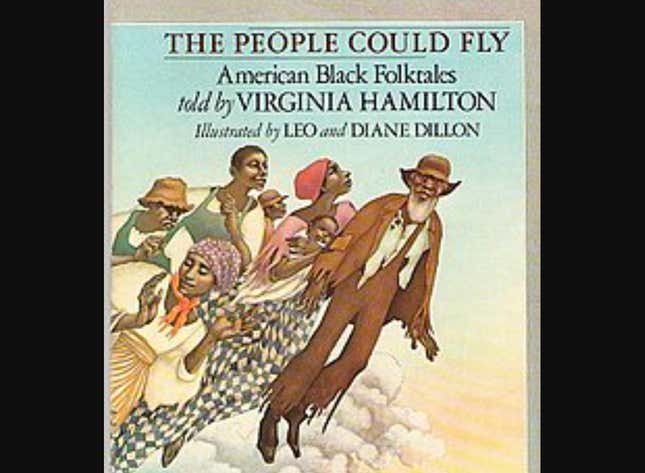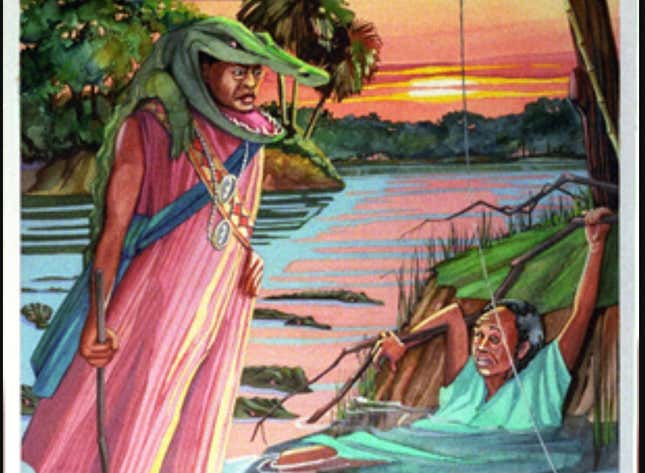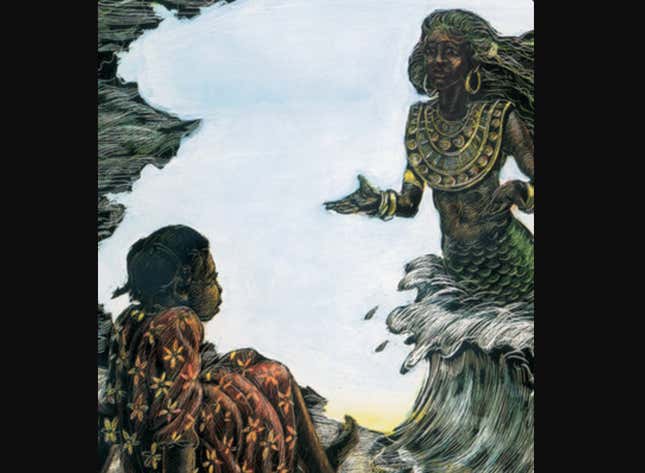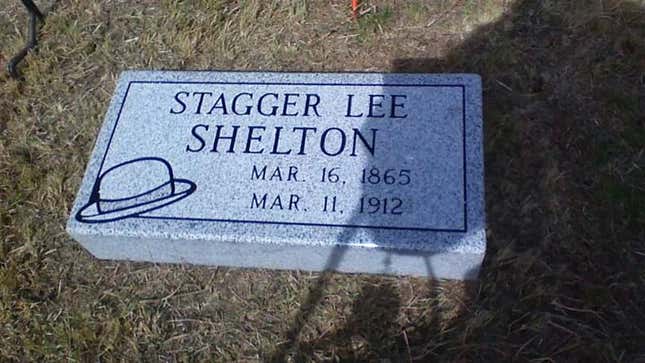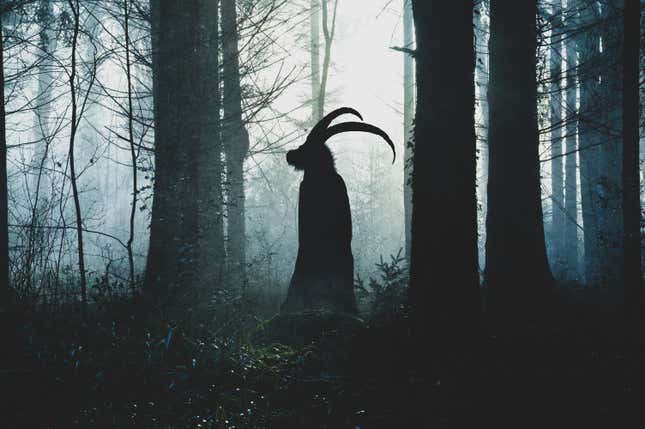
If you’re Black, you’ve been told by someone in your family about some haint, a reappearing phantom or a folktale that left you with chills. In honor of spooky season coming, it’s only right for us to recount some of our Black favorites.
First, let’s give you a lil’ history. Black folklore, whether African or African American folklore, dates back to the 1700s. Storytelling was a huge part of our cultural foundation all the way back before the Transatlantic Slave trade. Many folktales originated from cultural or spiritual beliefs. Others were based on real life experiences during slavery to expose the horrid realities of it but also to keep enslaved people on their toes and ready to fight for liberation.
The themes range between comical trickster tales to scary ghost stories, many being inspired from specific regions from around the country or even the world.
Mosey through this list of Black folktales and see you if you recognize any of these stories:


